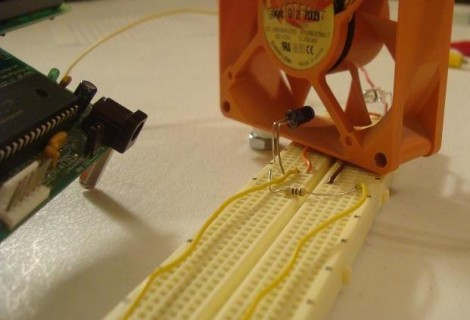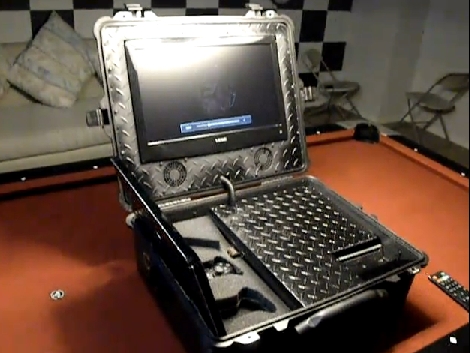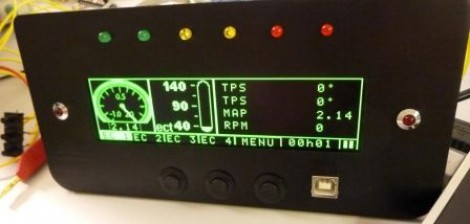
When it comes to using servos in projects, there is a definite distinction between the cheap ones and the expensive high power and precision models. The OpenServo project gives you a couple options for enhancing your servo experience. By replacing the control board with a new one based on a familiar microcontroller, a whole new set of features can be attained. For those of you out there with a need for servos like these, you can buy the pre-built replacement board (unfortunately sold out right now), or build your own from the provided schematic, BOM, and source code.

















